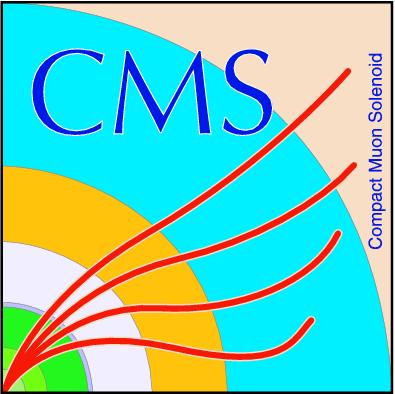
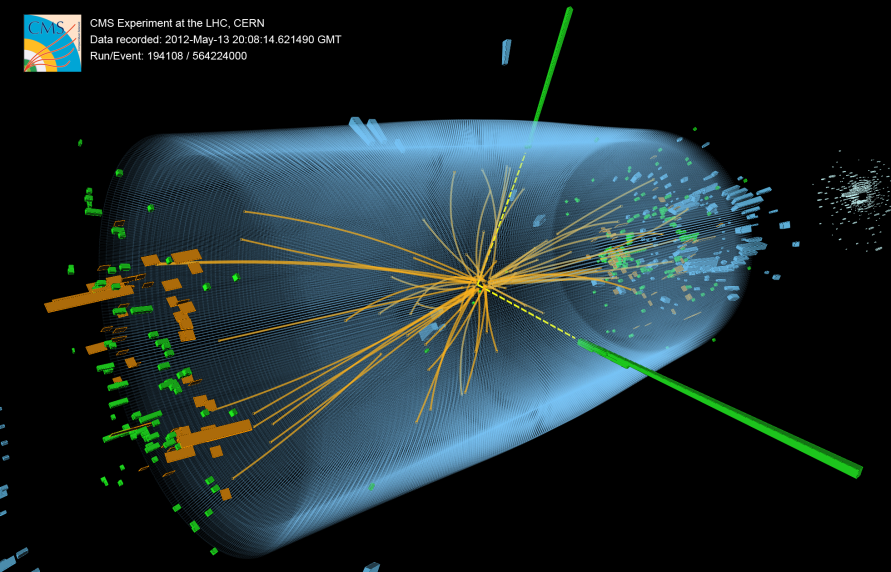
Compact Muon Solenoid
LHC, CERN
| CMS-PAS-BPH-24-011 | ||
| First fully exclusive reconstruction of radiative decays of the $ \mathrm{B}^{*+} $, $ \mathrm{B}^{*0} $, and $ \mathrm{B}^{*0}_\mathrm{s} $ mesons and measurement of their masses in proton-proton collisions at $ \sqrt{s} = $ 13 TeV | ||
| CMS Collaboration | ||
| 21 May 2025 | ||
| Abstract: Using a data sample corresponding to an integrated luminosity of 140 fb$^{-1}$ of proton-proton collisions collected by the CMS experiment at $ \sqrt{s}= $ 13 TeV in 2016-2018, the first full reconstruction of the three vector B meson states, $ \mathrm{B}^{*+} $, $ \mathrm{B}^{*0} $, and $ \mathrm{B}^{*0}_\mathrm{s} $, is performed. The mass differences between the excited mesons and their corresponding ground states are measured to be $ m(\mathrm{B}^{*+})-m(\mathrm{B}^{+}) = $ 45.277 $ \pm $ 0.039 $ \pm $ 0.021 MeV, $ m(\mathrm{B}^{*0})-m(\mathrm{B}^{0}) = $ 45.471 $ \pm $ 0.056 $ \pm $ 0.024 MeV, and $ m(\mathrm{B}^{*0}_\mathrm{s})-m(\mathrm{B}^{0}_\mathrm{s}) = $ 49.407 $ \pm $ 0.132 $ \pm $ 0.034 MeV, where the first uncertainty is statistical and the second is systematic. These results are consistent with, and an order of magnitude more precise than, the current world average values. | ||
|
Links:
CDS record (PDF) ;
CADI line (restricted) ;
These preliminary results are superseded in this paper, Submitted to . The superseded preliminary plots can be found here. |
||

|
Compact Muon Solenoid LHC, CERN |
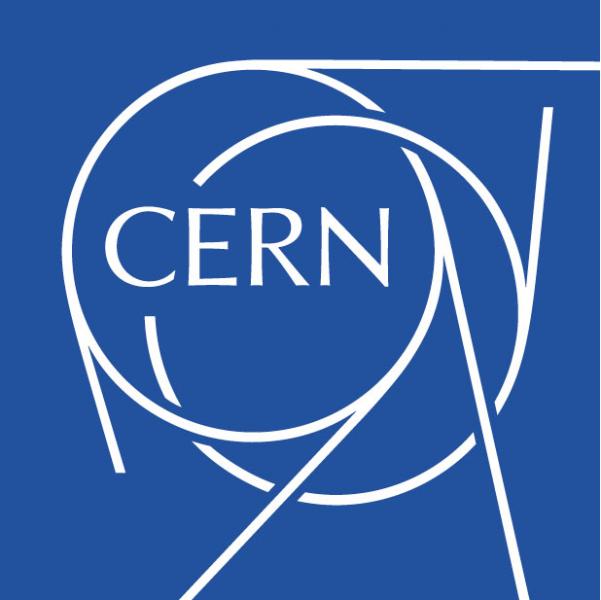
|
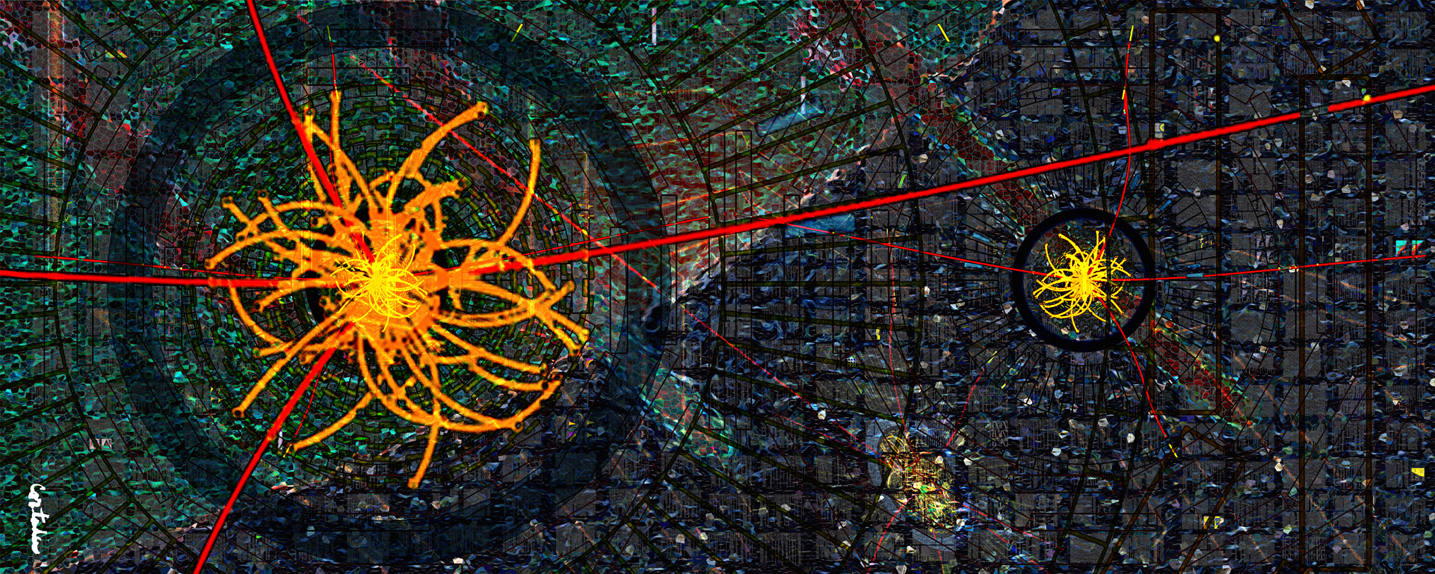
|
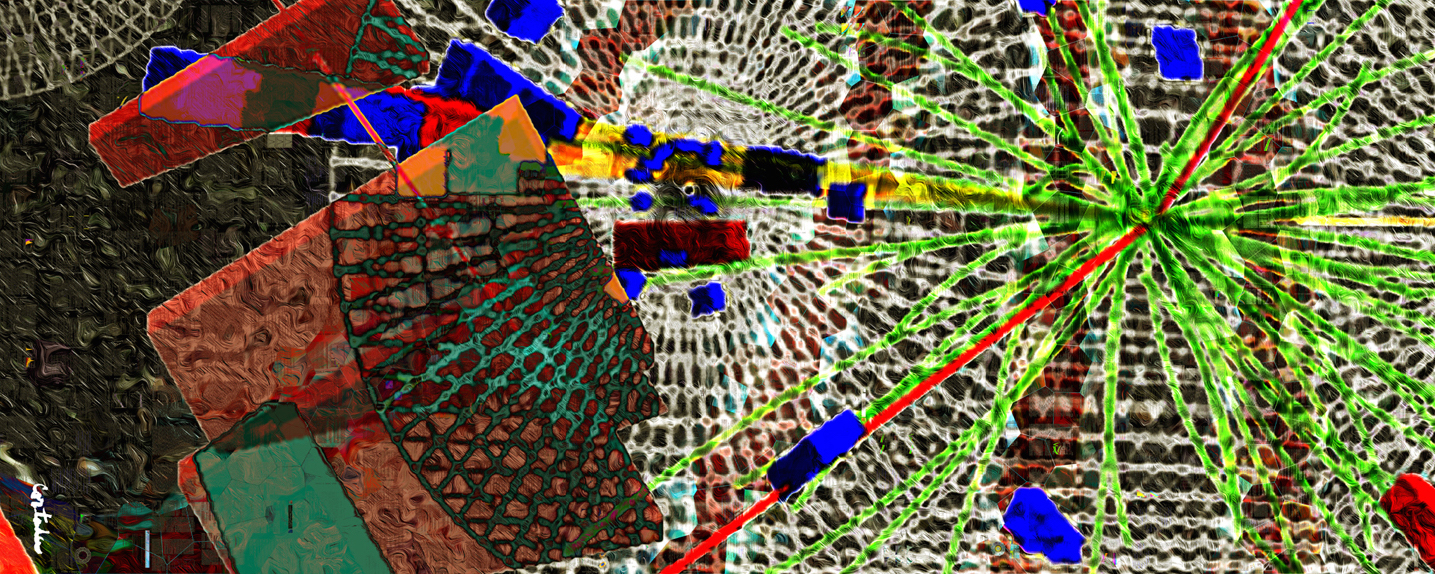
|
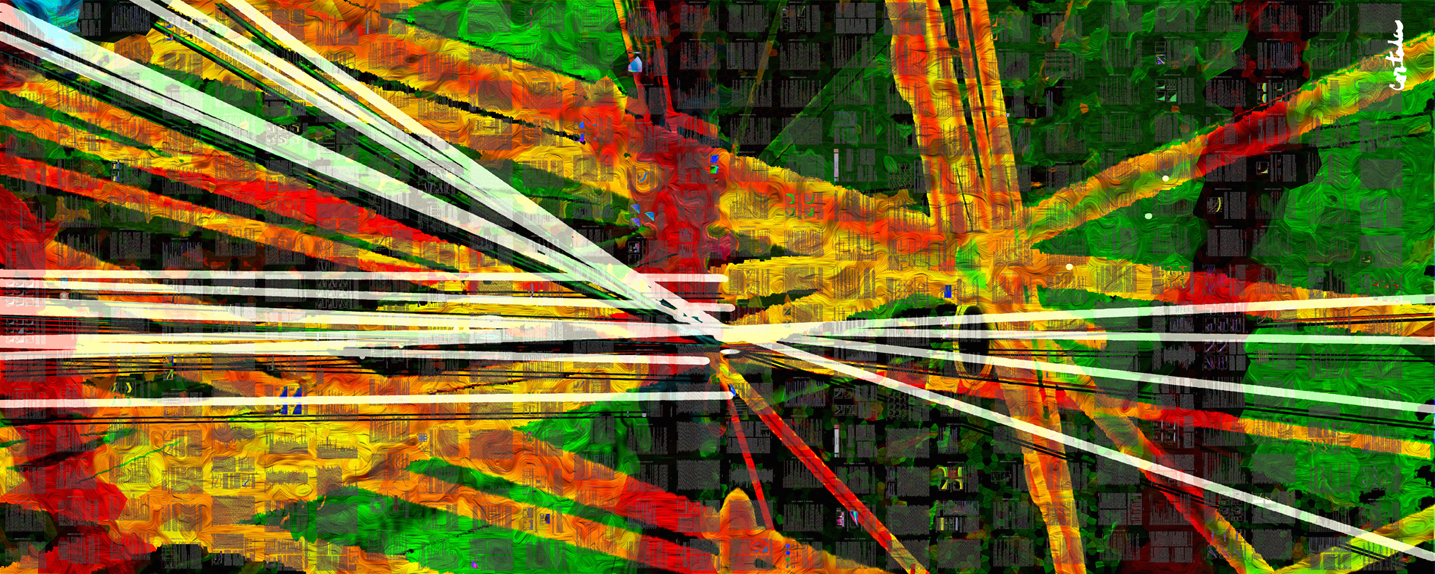
|
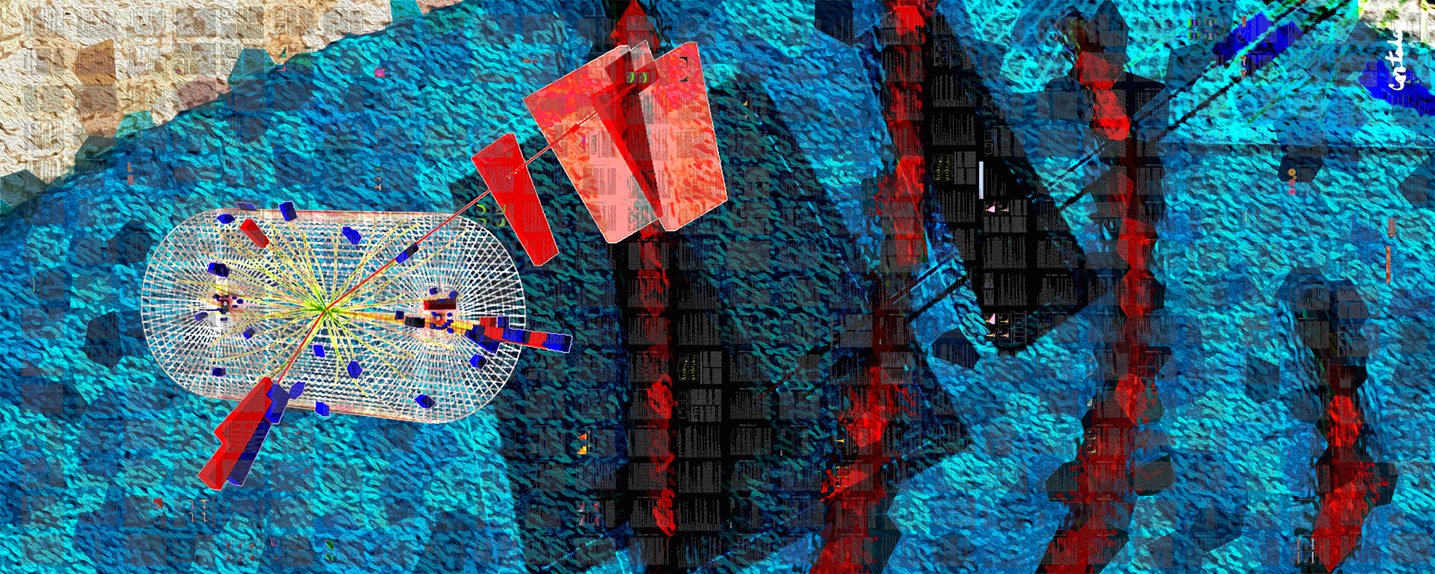
|
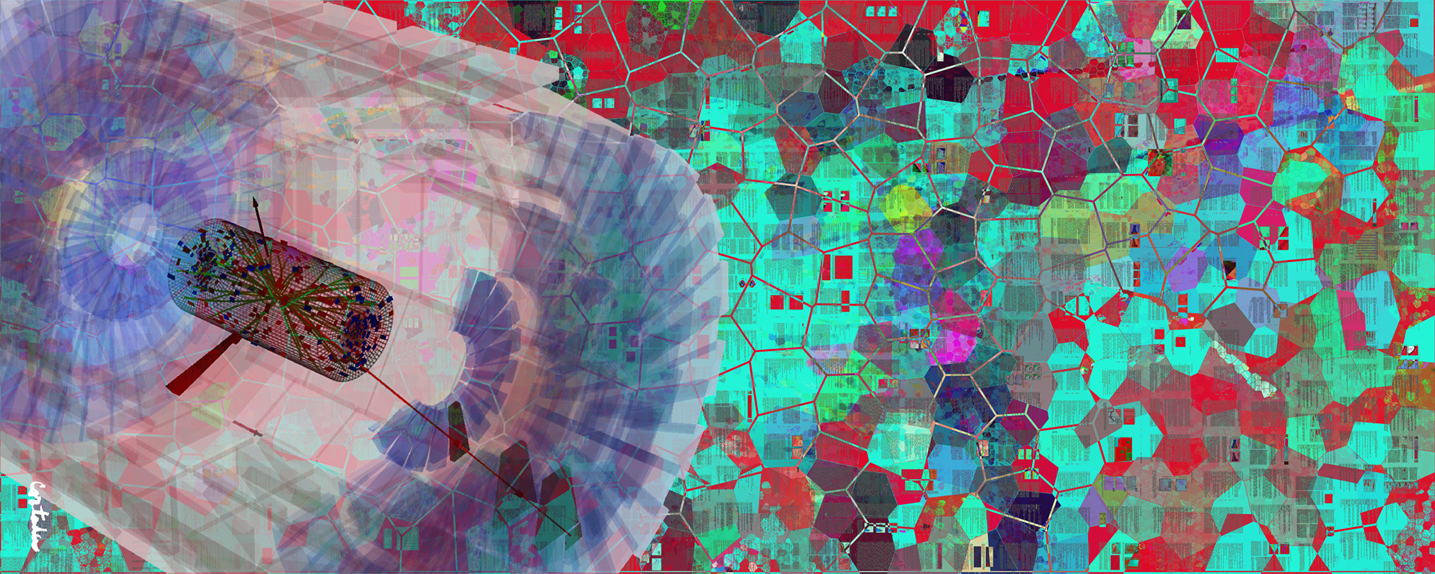
|